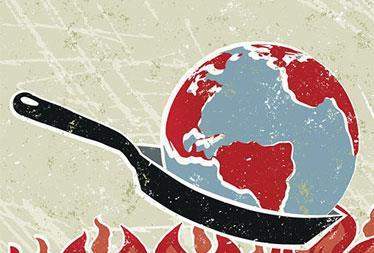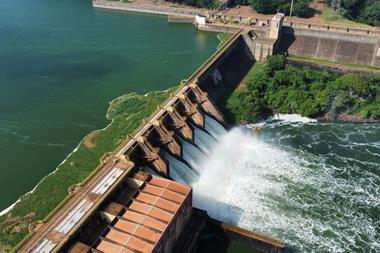It is vital to take the long view in the PI insurance market, or people will pay later
With the exception of distressed classes such as valuers and some financial risks, rates in the professional indemnity (PI) insurance market continued to soften in the first quarter of 2010.
This was particularly the case for construction PI. Despite the expected increase in construction-related PI claims, rates for engineers and architects have fallen below those of the late 1990s. That soft market produced loss ratios in the region of 200% and, since then, there has been a decade of claims inflation. It does not take a genius to forecast the likely outcome of today’s poor underwriting.
So what is driving this downward spiral? The answer is over-capacity: one underwriter’s or broker’s renewal is another’s new business. Well-managed insurers will ensure that their rate monitoring is sufficiently robust to ensure that their underwriters are accepting business at adequate technical rates, but many insurers are targeting aggressive top-line growth at the expense of underwriting profit. This does not make sense in an environment with low investment returns.
Insureds with falling fee incomes are striving to reduce their expenses in order to survive the recession. To some insureds, price is the important factor. But to those who understand the pitfalls of policies written on a ‘claims made’ basis, continuity of insurer is a major consideration.
The same short-term view is taken by some underwriters. They think that it is better to meet premium income budgets and keep management happy now than to dwell on the likely long-term outcome of an underwriting loss.
The more experienced underwriters have seen soft markets before. The shrewd ones are keeping their powder dry so that they can take on business at sensible rates when the upturn occurs; they realise that taking on new risks at inadequate rates to grab market share is foolhardy.
The ‘claims made’ nature of PI insurance means that the policies written today based on reduced fee incomes are the ones that will receive claims arising from work done when the insured’s fees were booming.
Optimistic reserving practices inevitably lead to under-pricing. The true result of an underwriting year will not be known for around seven years: it is often difficult to ascertain the realistic settlement value of PI claims for several years. During this time, it is not unusual for legal costs to escalate. It is essential therefore to make adequate provision so a realistic outcome can be forecast.
The last hard market occurred shortly after Independent went into administration in 2001. Last month, Quinn Insurance was put into provisional administration. Will this cause the market to take stock of where they actually are in the market cycle? I suspect not. There is still far too much capacity available and it would seem that some companies are willing to subsidise their PI accounts with the good results they have enjoyed recently on their catastrophe books.
The market needs a major catastrophe to bring the management of some insurers to their senses. Maybe then the PI market will return to a profitable level. IT
David Armes is managing director, professional liability division, at Markel International.



































No comments yet